José Flores-Livas is an assistant professor in the department of physics at the Sapienza University of Rome in Italy
‘Contrary to an experimentalist, the only thing I need is a very comfy chair,’ says José Flores-Livas from what certainly looks to be a very comfy chair. It’s a slight exaggeration: as a computational scientist, he also needs a computer, though his computer set-up doesn’t look much different to my own. Some of the time, however, that laptop is instructing a supercomputer located in Switzerland or Japan to perform complex simulations in the hope of identifying a high-temperature superconductor.
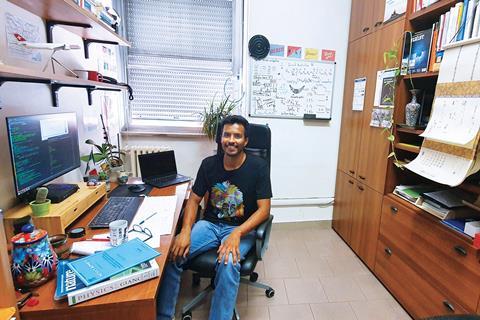
‘My outer layer involves computational methods, and my inner layer involves condensed matter physics and a bit of inorganic chemistry. Through the years I’ve been moving between subjects because, as a scientist, you always have to maximise your productivity and pick topics that motivate you.’ Yet throughout all these changes, Flores-Livas’ interest in superconductivity has not wavered. ‘I’ve often wondered, “What if most materials actually are superconductors under the right conditions?” Maybe it’s an intrinsic property and we are just living at a scale where we cannot see that.’
Superconductors conduct electricity without losing energy. When Heike Kamerlingh Onnes first observed the phenomenon in liquid helium cooled to 4K back in 1911, he hadn’t been looking for it. Now, many researchers are on a very deliberate hunt for materials with zero electrical resistance at ambient temperature – materials that could revolutionise power transmission. ‘I believe that a room-temperature superconductor exists. I would be very happy to just see those materials before I die. And a theoretical description of them. Of course I would like to help, but I am just so curious to see them.’
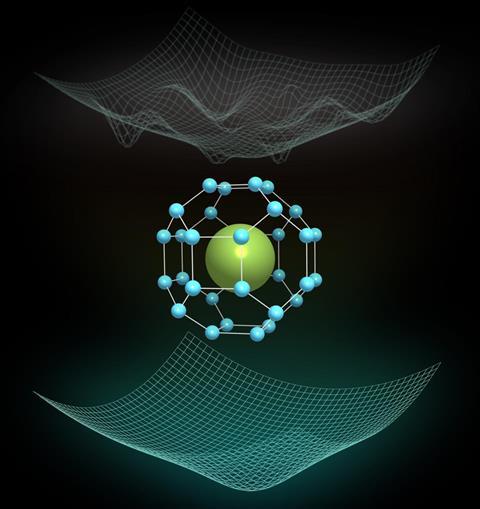
Flores-Livas uses density functional theory methods to predict the physical properties of materials, such as superconductors, from first principles. By unpicking what makes a compound a good superconductor and how factors such as doping, pressure and strain affect superconductivity, his results can guide research into making new superconducting materials.
The current most promising candidates for room-temperature superconductors are hydrides. In 2019, experimentalists synthesised lanthanum hydride (LaH10) with a superconducting critical temperature of 250K. Earlier this year, Flores-Livas led a computational team that confirmed the crystalline phase of LaH10 responsible for its superconductivity.1,2
As computing power has increased, the methods Flores-Livas uses have been able to simulate more and more atoms. ‘But then you had a plateau. So, we are waiting for quantum computing.’ In the meantime, Flores-Livas is busy combining first-principles understanding from the last 30 years with machine learning and artificial intelligence to continue his search for superconductivity.
Always learning
When Flores-Livas completed his bachelors’ degree, he had only basic programming skills. ‘Now, [students] learn Java, Scala and Python as part of their degree. But I like to be one step ahead so I keep teaching myself. And the same thing with artificial intelligence or quantum computing algorithms.’
‘I don’t see myself as an end product. I’m always learning.’ He also places a lot of value on exchanging ideas with different people with different goals. On starting at the Sapienza University of Rome in 2019, Flores-Livas together with colleagues initiated the young condensed matter meetings, open to anyone who didn’t have tenure to attend and learn from each other.
In theory, Flores-Livas could turn out a simple computational study in as little as a month. But he stresses the importance of making his work what he calls ‘bulletproof’. ‘When you publish results in the literature, you need to show that you actually are doing your work. That ethically you’re responsible,’ he explains. He notes that he has sometimes had problems reproducing the results of other researchers, so he always tries to replicate results he finds in the literature as a first step. ‘And that actually shouldn’t be the case.’ In his own papers, he includes as much transparent and relevant information as he can. ‘You shouldn’t have to write and send an email to get more information. It causes delays.’
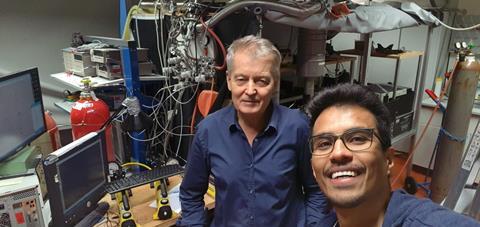
Flores-Livas has strong relationships with his experimental colleagues. ‘I’m very curious. I like to learn a lot about experiments. Sometimes I spend too much time learning about experiments.’ Lately he has been collaborating with Mikhail Eremets, from the Max Planck Institute for Chemistry in Germany, who leads a group performing experiments on pressurised hydrogen and hydride materials. And in February of this year, he visited the University of Osaka in Japan. ‘I always come back with so many ideas after visiting an experimental lab. I just have to appreciate the different speed at which the other works – I’m learning to be more patient.’
References
1 I Errea et al, Nature, 2020, 578, 66 (DOI: 10.1038/s41586-020-1955-z)
2 J A Flores-Livas et al, Phys. Rep., 2020, 856 (DOI: 10.1016/j.physrep.2020.02.003)
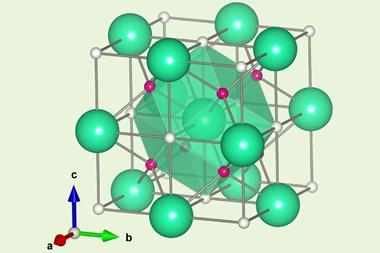
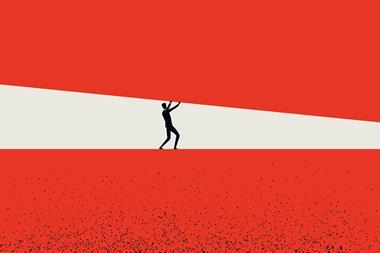
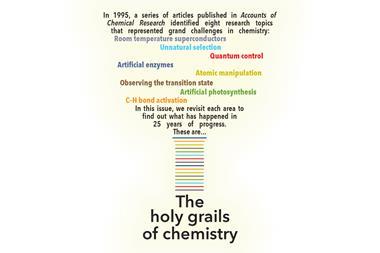


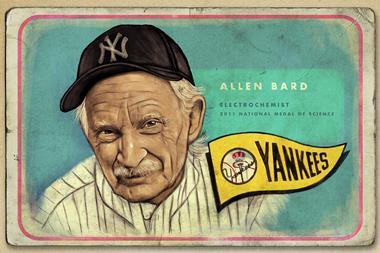

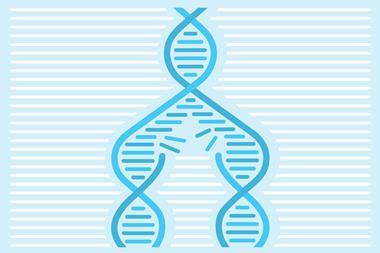
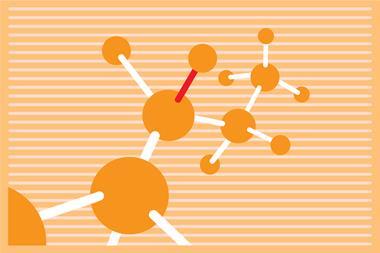
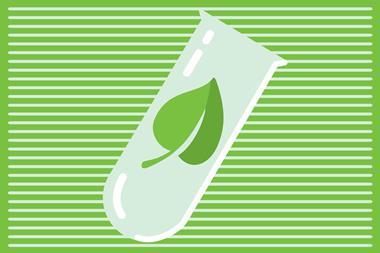
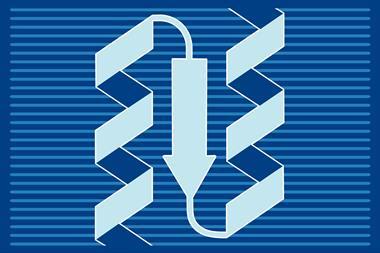
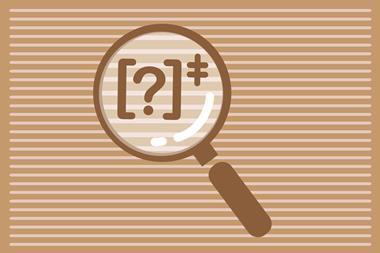
No comments yet